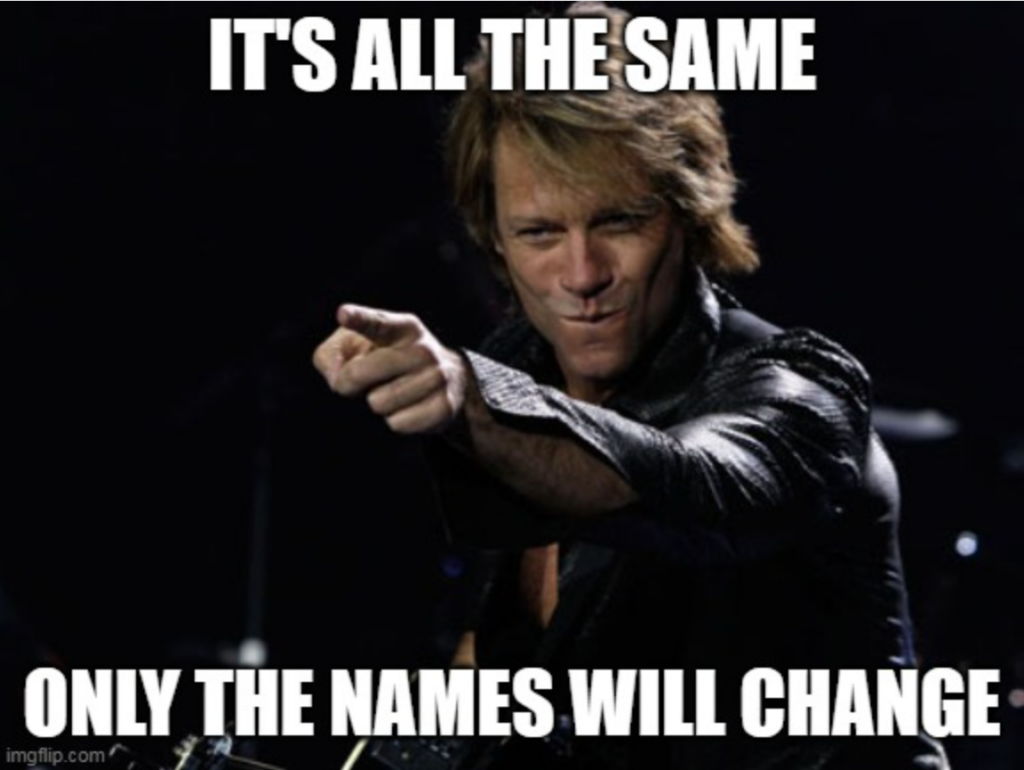I have previously noted about Yakā no Sai, explaining the meaning of the word yāka and so forth. In the meantime, I stumbled upon the oldest reference I could find so far explaining the meaning of yāka (guardian) as a royal bodyguard.
Yara Chatan of Shuri during the reign of child-King Shō Sei (r. 1802–1803) learned Shōrin-ryū kenpō in China and returned home. Later he came to be known as a master of sai and served as the prince’s bodyguard, or yāka (also known as a “guardian”).
Once, in the dark of night, a thug approached the prince with murderous intent, but [Chatan Yara] defeated the thug while carrying the prince on his back.
Later, [Chatan Yara] incorporated the technique of detecting enemies even in the dark called yāka-furi in Yakā nu Sai.
Source: Karate-dō Kobudō Enbu Taikai. Uechi-ryū Karate-dō Koza Shūbukan Dōjō, 1981, page 68.
Now, at that time, the author assumes that a person Chatan Yara not only created Chatan Yara no Sai, but also Yakā no Sai. The origin of this story is unclear and I wonder if it was handed down from Taira Shinken, or if it is barbershop talk. In any case, while the story constructed around it here might be lore, it is the first instance in Oknawa martial arts literature I came across that equates yāka with a bodyguard. Usually, a yāka is a “guardian” or private tutor for royalty and princes and the like. However, they might also have been teaching martial arts to children of nobility, such as can be seen in case of Itosu Ankō, who taught at the Motobu Udun.
Now, how were choreographies of sai kata created in the first place? Where they really created hundreds of years ago and handed down to today?
I have previously noted on a performance of Yakā no Sai (see video at the end of the article) recorded and published by Ageshio Japan, a tourist company that organizes karate and kobudō travels, dōjō visits, BBQ, sightseeing and the like on Okinawa. At that time, Ageshio brought a handful of Okinawa-based teachers to a tournament held in Tokyo to demonstrate kata, filmed them and published them on Youtube.
In my evaluation of the video I noted a number of things as regards the technical content of Yakā no Sai. Since I did so in the German language, which I guess most people do not understand well, I will reapet the points in English below.
Namely, first, it is the highest sai kata practiced in the Taira lineage kobudō on Okinawa. Second, and you will only notice this once you’ve reached the 7th or 8th dan, that is, after a very long time strolling through the ranks, Yakā no Sai largely shares the same enbusen with Hama Higa no Sai, in fact, more than half of the enbusen is the same. Third, Yakā no Sai also features a unique combination of Chatan Yara no Sai, followed again by an almost complete lane from Hama Higa no Sai again. Then there are a few combinations that are typical for saijutsu, and not really unique to Yakā no Sai. In fact, the only technique unique to Yakā no Sai is what is called yakā no furi, or the “Yakā swing.” This is simply a left-right sweep on the middle level (chūdan-renzoku-barai).
It should further be noted that another Taira-lineage kata named Hanta-gwa no Sai is also based on the same enbusen as Hama Higa no Sai and Yakā no Sai. However, since Hanta-gwa no Sai is not practiced in Okinawan Taira-lineage – it is said there were too many kata and it was lost –, the majority of Okinawan and affiliated kobudō practitioners do not seem to be aware of this fact (Note 1).
These facts are important to understand how some of the choreographies of sai kata were probably created. That is, sai kata choreographies where probably designed around a common enbusen, while integrating a few or individual techniques that are unique, such as the yakā no furi, and which then provided the name of the kata. In short, Yakā no Sai as a whole was probably not created by an ancient yakā (guardian, bodyguard), but rather created or enhanced by a modern era kobudōka who built a specific technique into an elaborated enbusen.
Certainly, this raises many follow-up questions which I cannot answer at this point, so this subject needs more and continued study.
BTW, as regards repetitions of the same techniques within kata, when using the counting of Inoue Motokatsu, Tawada no Sai as an example has 111 techniques in total. One longer 12-technique combination in the kata appears four times, amounting for a total of 48 out of the total of 111 techniques, or 43,24324 % of the kata. In Akamine Eisuke’s counts, more than 50% of the kata is a repetition of the same combination.
Note 1: You can still find and compare Hanta-gwa no Sai in the Taira-Inoue lineage (See: Ryūkyū Kobudō, Chūkan, 1972, pp. 429–474).
© 2023, Andreas Quast. All rights reserved.

